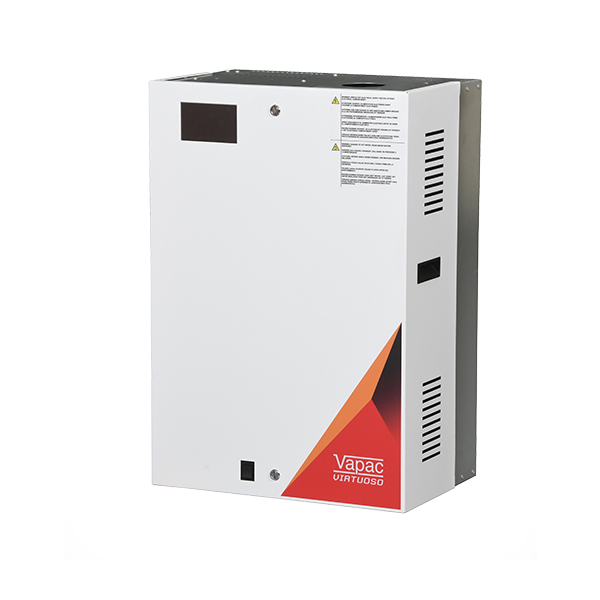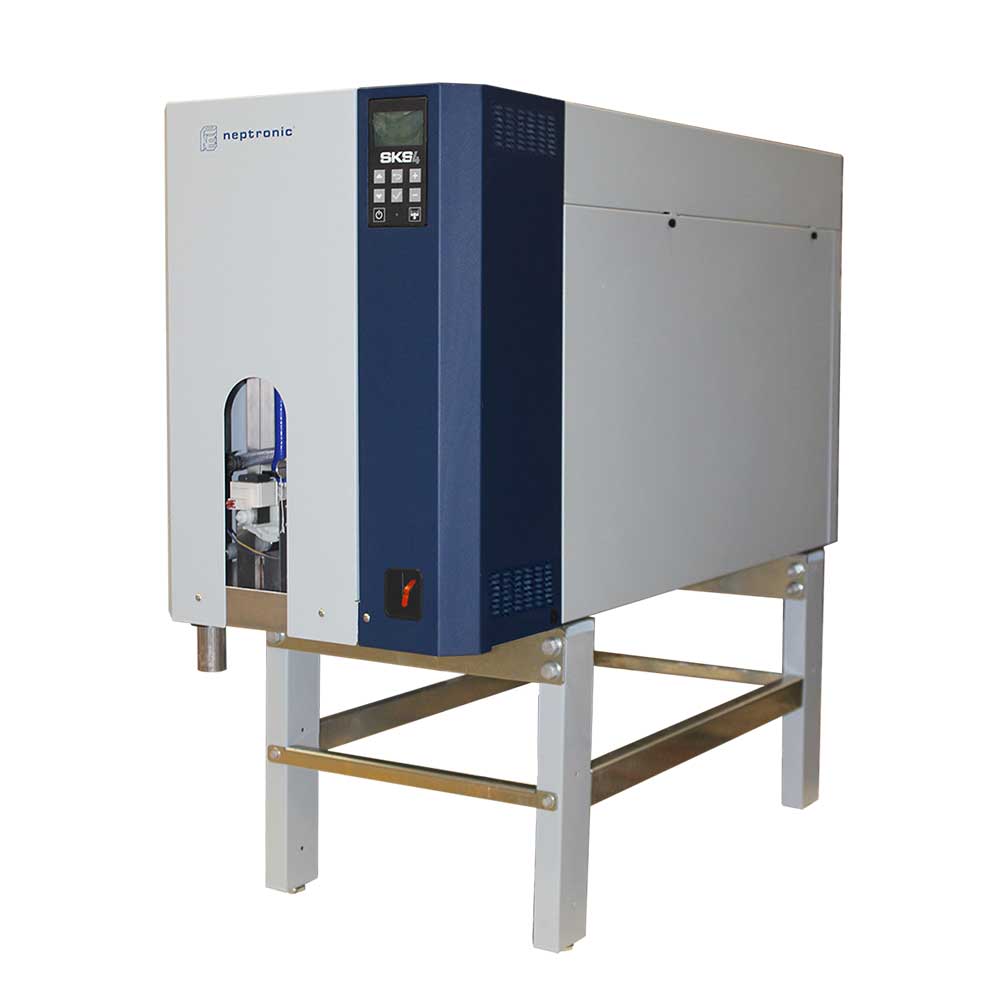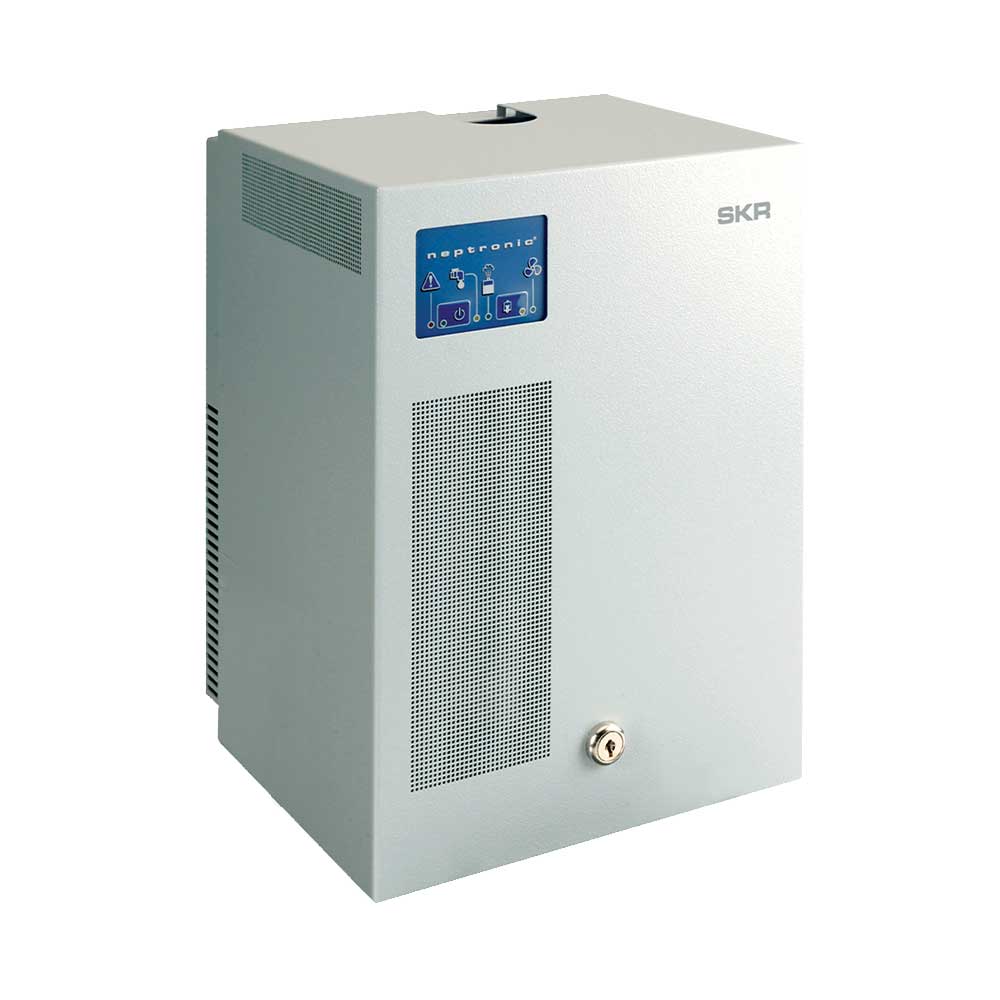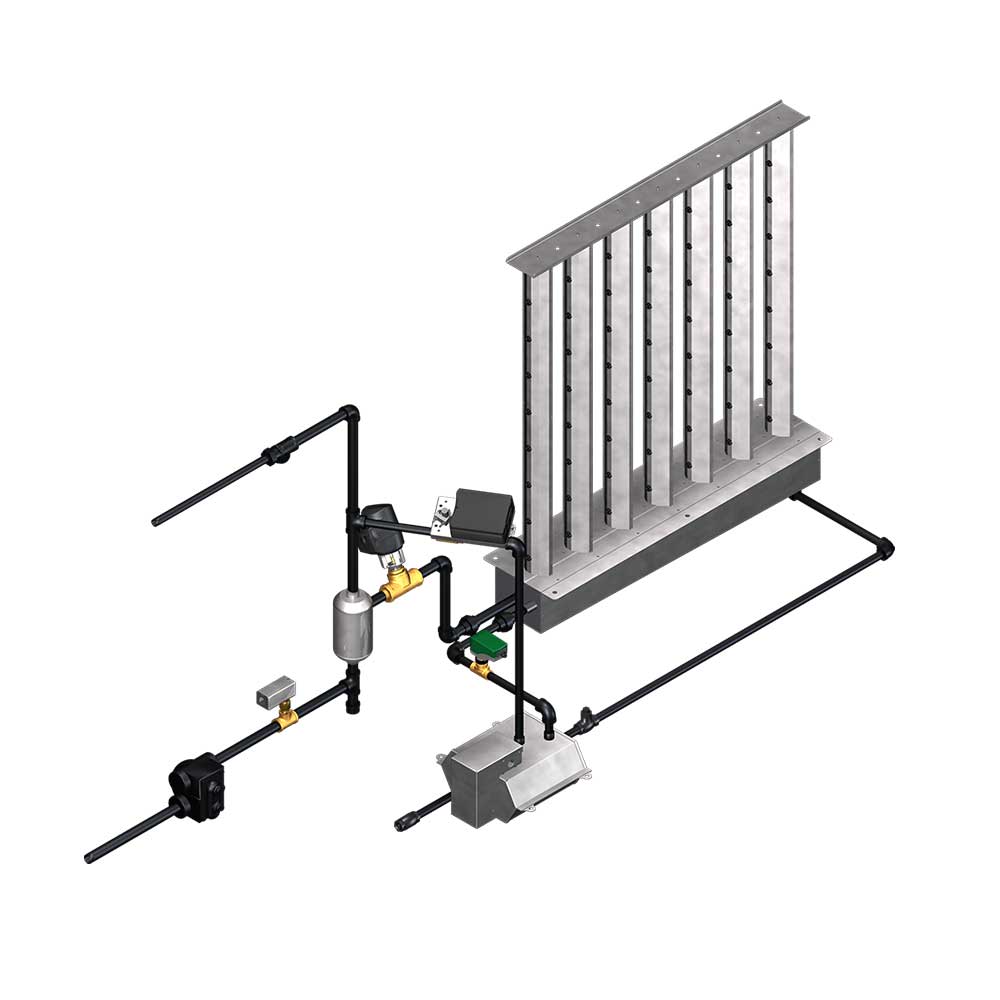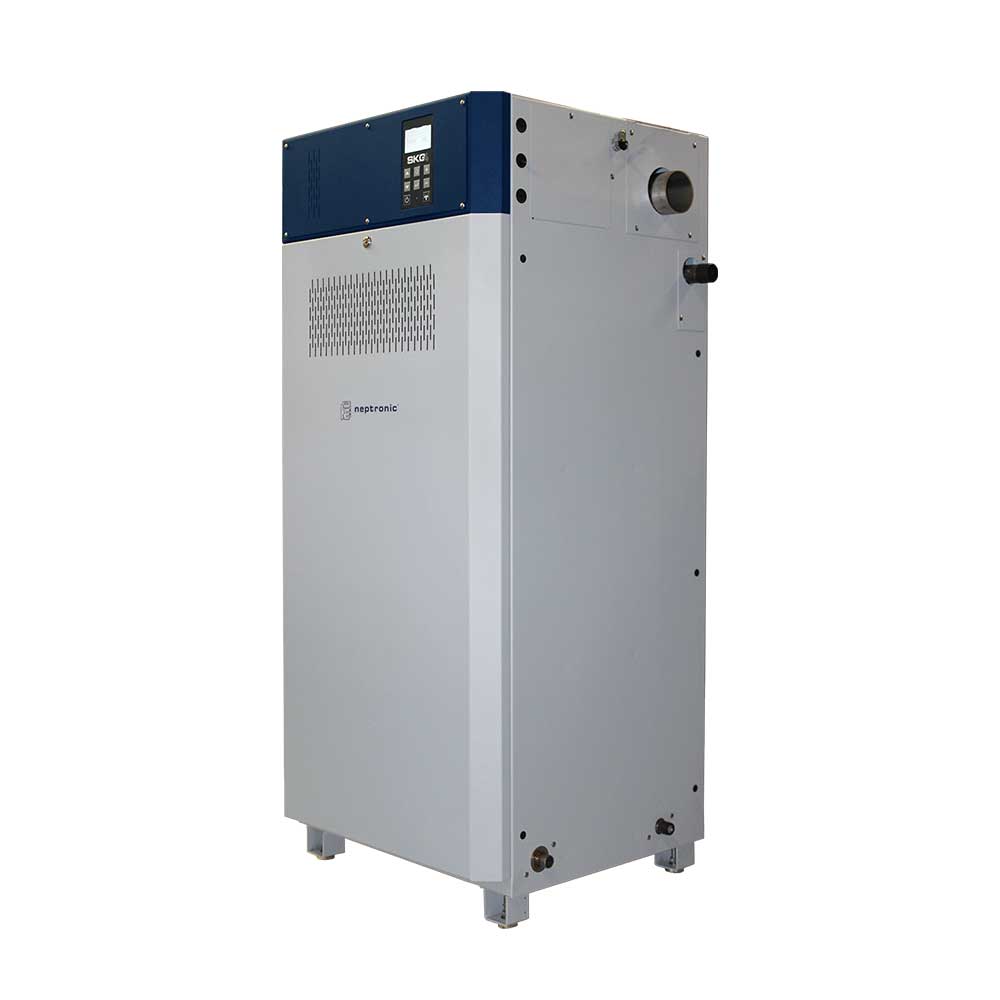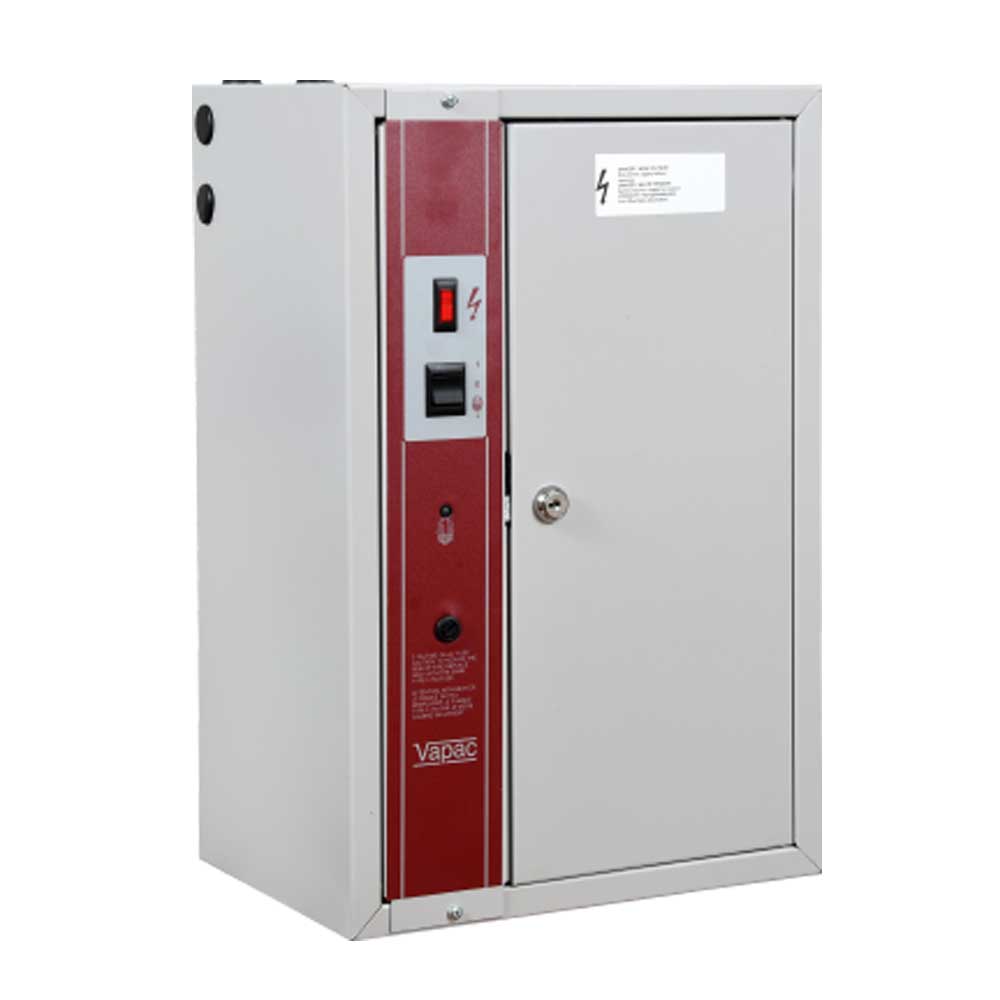Main Menu
Steam Humidifiers
We stock a range of industrial steam humidifiers to meet a variety of commercial business requirements. Our selection of electrode steam humidifiers and resistive steam humidifiers are manufactured by industry-leading manufacturers based in Canada and the UK, ensuring only the highest quality products are made available to our customers.
To find out more about how to choose a steam humidifier, read our guide or contact one of our humidity control experts for more advice.
The Vapac Electrode Boiler is a steam humidifier which comes with a +/- 5% relative humidity control.
The Neptronic SKE4 is a resistive electric steam humidifier compatible with all water conditions including reverse osmosis water treatment to help reduce maintenance costs.
The Neptronic SKS4 steam humidifier provides chemical-free steam by using an on-site central boiler or steam generating station as a heat source.
The Neptronic SKR is a compact resistive humidifier that has low installation costs and easy maintenance, making it an ideal solution for residential properties.
The Neptronic SKD direct steam injection system uses low pressure steam from an in-house boiler to humidify the air.
The Neptronic SKG4 Gas-Fired Resistive Humidifier generates odourless and sterile steam humidification by using the power of natural gas or propane.
The Vapac VapaLite model offers simplified steam humidification for light commercial humidification.
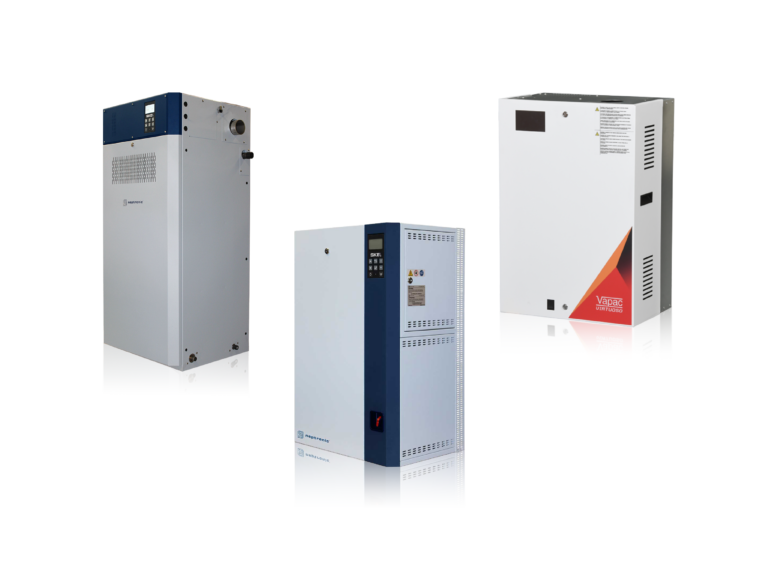 Industrial Humidifiers
Industrial Humidifiers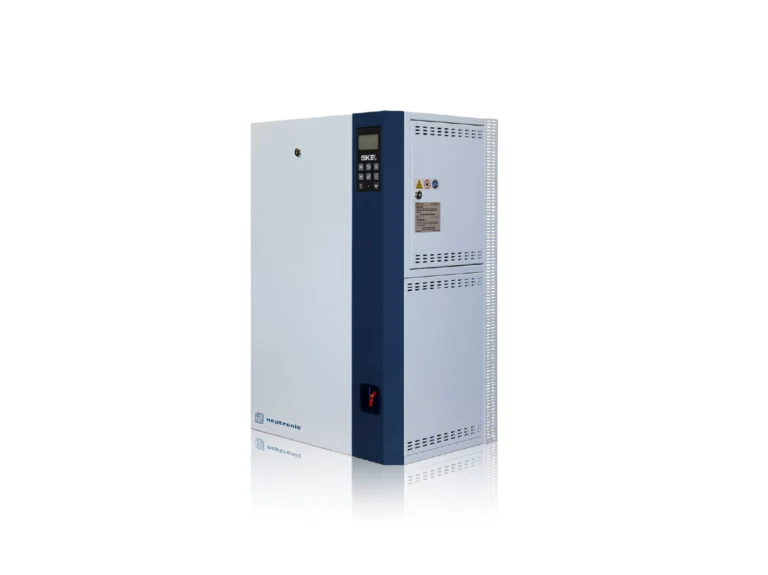 Steam Humidifiers
Steam Humidifiers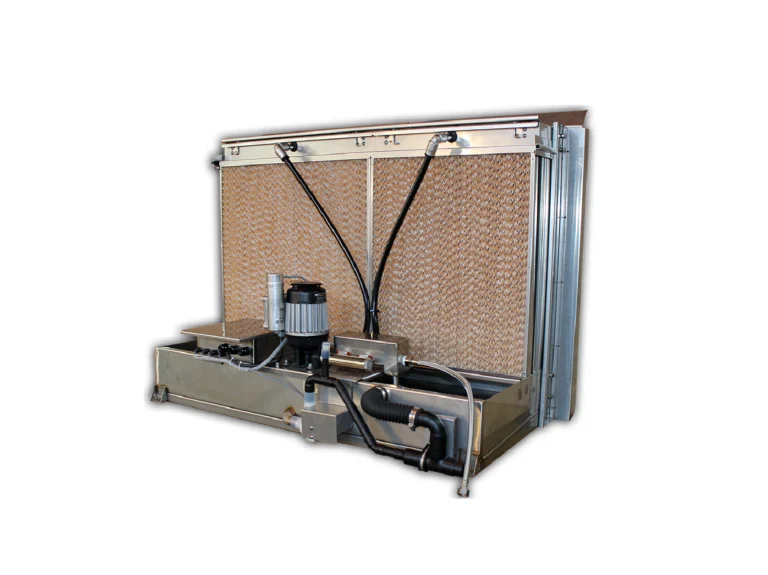 Cold Water Humidifiers
Cold Water Humidifiers Hot Yoga Humidifiers
Hot Yoga Humidifiers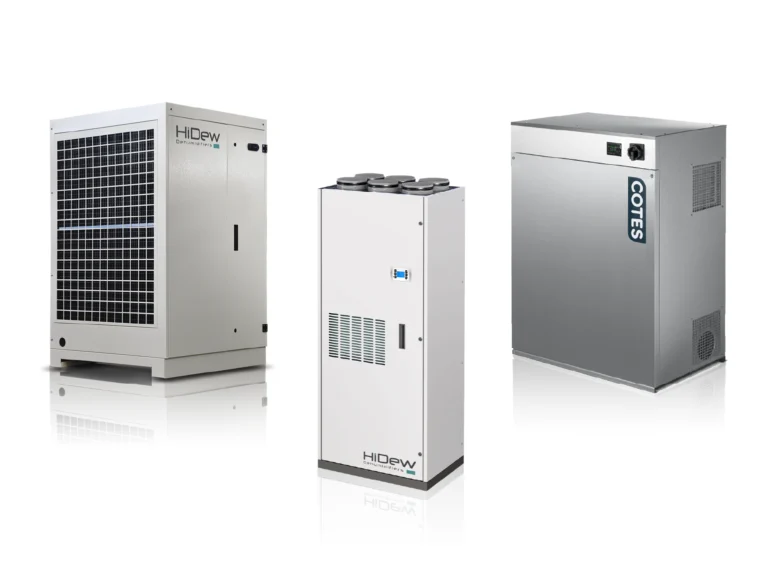 Industrial Dehumidifiers
Industrial Dehumidifiers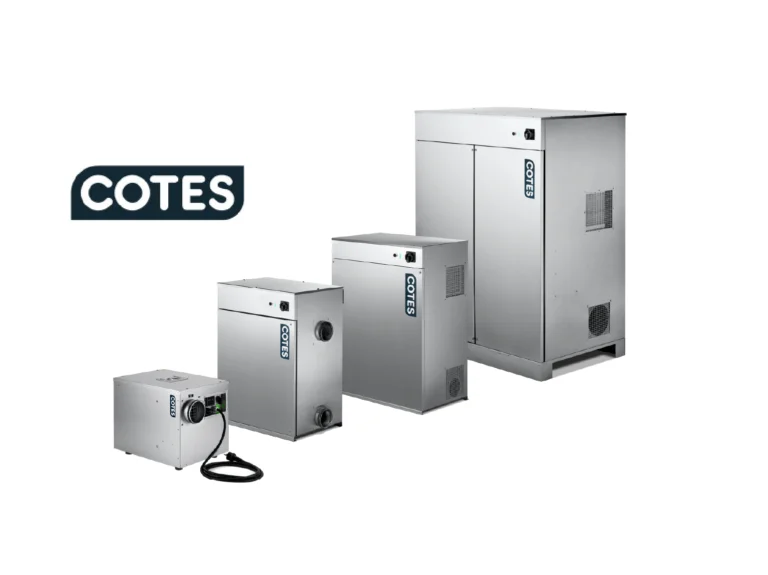 Desiccant Dehumidifiers
Desiccant Dehumidifiers Refrigerant Dehumidifiers
Refrigerant Dehumidifiers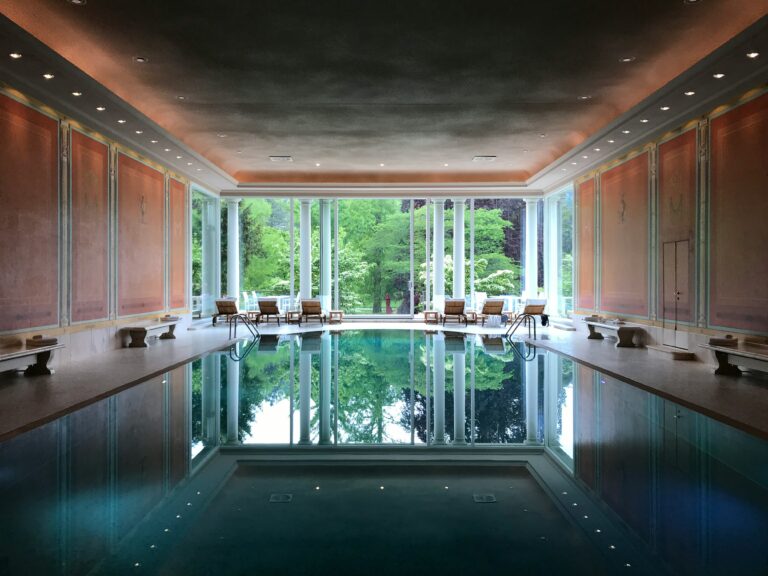 Swimming Pool Dehumidifiers
Swimming Pool Dehumidifiers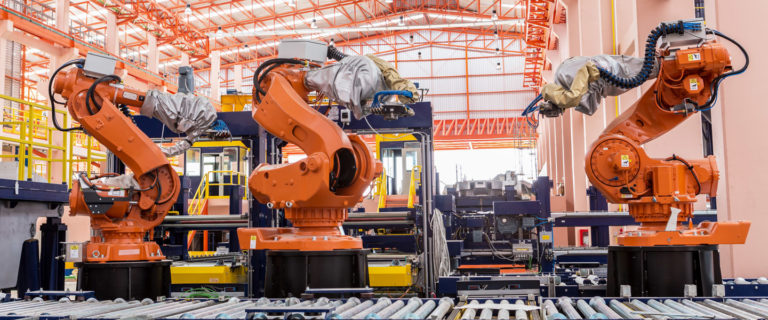 Industrial Products
Industrial Products Air Curtains
Air Curtains Destratification Fans
Destratification Fans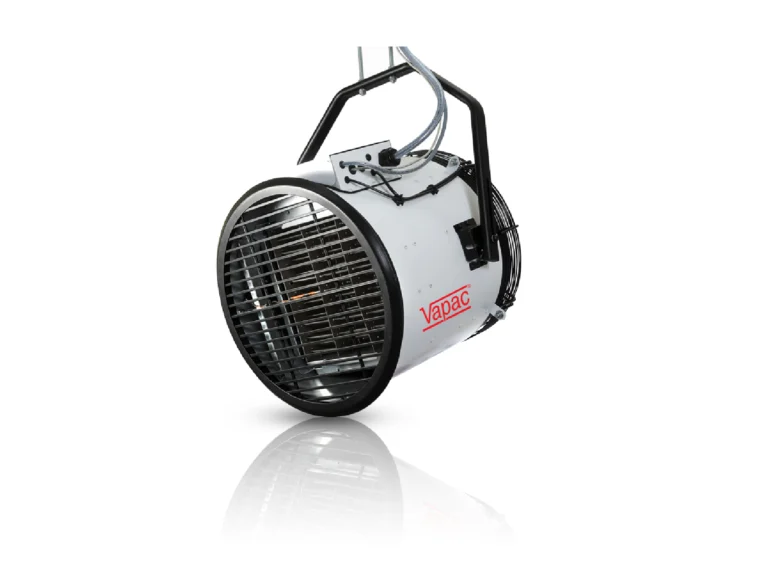 Electric Heaters
Electric Heaters- Climate Wizard Adiabatic Cooling
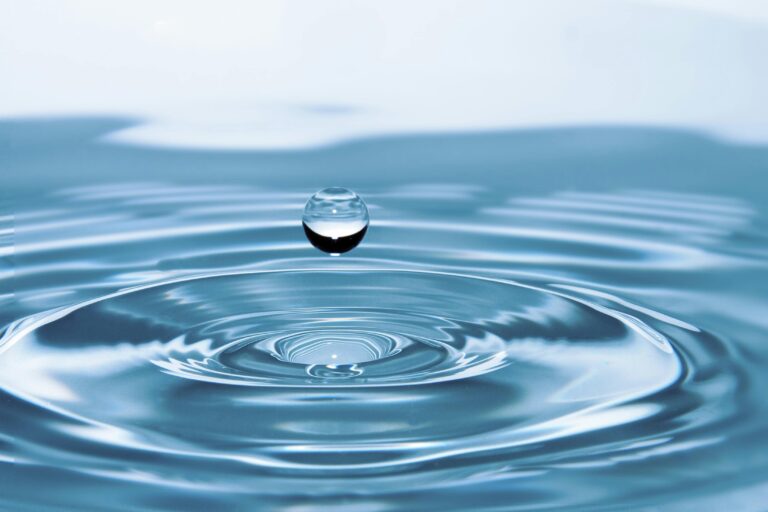 Water Treatment
Water Treatment Steam Room Generators
Steam Room Generators
When it comes to selecting the right steam humidifier for your business or project, industry, water quality in an area, existing infrastructure, and operational needs all play a crucial role.
Businesses in hard water areas may find that resistive humidifiers are more cost-effective long term and better at handling heavy mineral build-up and highly accurate steam output. Commercial premises with less precise humidification requirements may find that the installation of an electrode boiler would be a more economical solution.
Guide to Choosing a Steam Humidifier
Selecting the right steam humidifier requires careful consideration of several factors, including the size of the space, steam output requirements, energy sources, water quality, and maintenance expectations. Read on to find out about the different types of steam humidifiers, common applications where steam humidification is beneficial, and key factors to consider when selecting the right system for your needs.
Types of Steam Humidifiers
Steam humidifiers generally come under three categories:
- Electrode humidifiers
- Resistive humidifiers
- Boiler-generated steam humidifiers (in-house systems)
The key difference between the three types of steam humidifiers lies in the technology they use to heat the water and produce steam.
Electrode humidifiers
Electrode units produce steam by passing an electrical current directly through the water. This is possible because naturally occurring minerals in the water conduct electricity. As the current flows between submerged electrodes, the water’s electrical resistance generates heat, causing it to boil and produce steam. The higher the mineral content (i.e., the more conductive the water), the more efficiently steam is generated.
Due to this reliance on mineral content, electrode humidifiers are best suited to areas with moderately hard water. In regions with soft water, such as much of Scotland, performance can be reduced.
These humidifiers use a steam cylinder that contains the electrode plates responsible for heating the water. Over time, mineral deposits build up within the cylinder as a result of the water’s conductivity. To ensure continued efficiency, the steam cylinder must be replaced periodically.
Resistive Humidifiers
Resistive units use metal heating elements—similar to those found in electric kettles—to heat water through direct contact within a stainless steel tank. Unlike electrode humidifiers, their operation is not dependent on the water’s mineral content.
This makes them suitable for use with a wide range of water types, including purified or demineralised water. They offer precise control over their steam output and are ideal for applications that demand higher hygiene standards or tighter humidity regulation.
The heating elements are housed in a stainless steel evaporation chamber, eliminating the need for replacement cylinders, which reduces ongoing costs. Any mineral deposits that accumulate inside the chamber can be easily removed during routine servicing and maintenance.
See our in-depth article on electrode and resistive humidifiers for more information.
Boiler-Generated Steam Humidifiers
Boiler-generated steam units use steam produced by an in-house boiler system to provide humidification, rather than generating steam internally through electrical elements. This makes them ideal for facilities that already operate a central boiler, such as large commercial buildings, hospitals, and industrial sites.
Because the steam is generated externally, these systems can deliver high volumes of humidification efficiently and with minimal on-unit energy consumption. They are particularly well-suited to applications requiring robust, continuous performance and integration with existing infrastructure.
There are two types of boiler-generated steam humidifiers:
- Direct steam injection systems – inject the boiler steam directly into the airstream
- Steam-to-steam systems – take the existing boiler steam and use it as an energy source to heat clean water, which creates sterile steam
Steam Humidifier Applications
Steam humidifiers are widely used in applications and industries that require precise and reliable humidity control. Common environments include:
- Healthcare facilities
- Data centres
- Museums
- Cleanrooms
This includes manufacturing processes where stable humidity levels are critical to protect equipment, maintain product quality, or preserve sensitive materials, such as:
- Printing
- Electronics
- Pharmaceuticals
They are also used in commercial buildings and offices to improve indoor air quality and occupant comfort during the dry winter months. Steam humidifiers are particularly valued for their ability to produce sterile, bacteria-free steam.
Sizing a Steam Humidifier
When choosing and sizing a humidifier, several important considerations need to be taken into account to ensure efficient performance, reliability, and suitability for the application:
Humidity Load Requirements: Calculate the total moisture required to maintain target humidity levels in the space, based on room size, ventilation rates, heat gains/losses, and occupancy.
Application Type: Different environments (e.g. healthcare, manufacturing, data centres, museums) have varying humidity requirements and hygiene standards that influence the choice of humidifier.
Steam Output Capacity: The humidifier must be sized to meet the peak humidity demand without underperforming or cycling excessively.
Water Quality: Electrode humidifiers require water with sufficient mineral content for efficient conductivity, while resistive humidifiers can operate with a wider range of water types, including demineralised water. Areas that have high silicone content in the water can also negatively affect the plates in an electrode humidifier, which can increase the frequency of replacements.
Control and Integration: Is there a need for precise humidity control, and does it need to be compatible with Building Management Systems (BMS) or HVAC controls?
Maintenance Requirements: Understand how often components like steam cylinders or heating elements need maintenance or replacement.
Installation Constraints: Consider available space, ventilation, drainage, energy supply, and proximity to the humidified area.
Hygiene Standards: In sensitive environments, such as hospitals or cleanrooms, resistive steam humidifiers are often preferred due to their ability to operate with sterile water and tight control. For less strict requirements, electrode boilers are generally sufficient.
Need Help Selecting a Steam Humidifier?
We can assist in specifying and sizing the right humidifier for your application. To contact one of our humidity experts, use our contact form or call us on 01372 571 200 and one of our specialists will be happy to help.
Looking for additional services? We also provide:
- Concept and Design Services
- Installation
- Commissioning
- Technical Support
- Planned Maintenance
- Spare Parts
Discover our Knowledge Hub to explore case studies that highlight how we’ve helped businesses throughout the UK with customised humidity control solutions.
